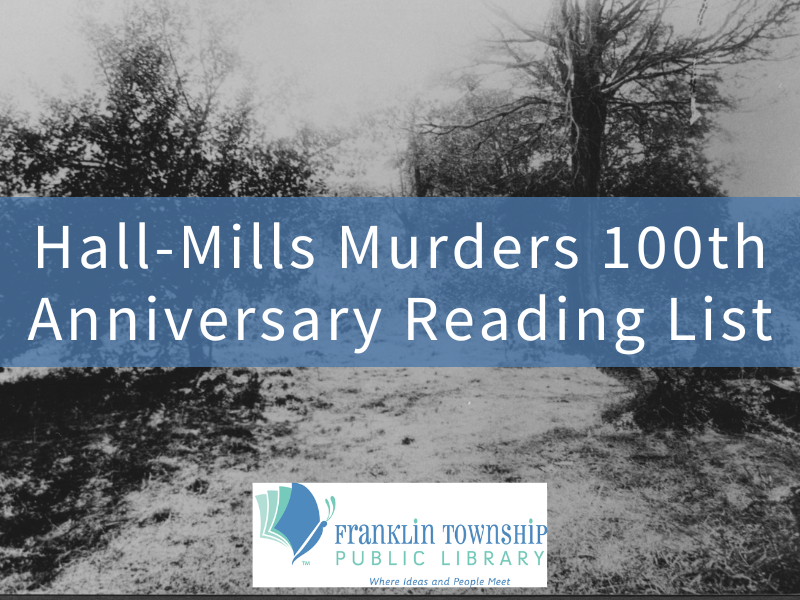
On September 16th, 1922, the bodies of two murder victims were found on the outskirts of an abandoned farm here in Franklin Township, New Jersey. The discovery of their identities and the ensuing court case scandal involving the alleged murderers sent shockwaves around the country. This story, fueled by the media frenzy surrounding it, quickly became the most sensational domestic news event of early twentieth-century America. To commemorate the 100th anniversary of the infamous Hall-Mills murders, the library has put together a nonfiction reading list.
Vanity Fair‘s Joe Pompeo investigates the notorious 1922 double murder of a high-society minister and his secret mistress, a Jazz Age mega-crime that propelled tabloid news in the 20th century.
Tracing the genesis of a masterpiece, a Fitzgerald scholar follows the novelist as he begins work on The Great Gatsby. The autumn of 1922 found F. Scott Fitzgerald at the height of his fame, days from turning twenty-six years old, and returning to New York for the publication of his fourth book, Tales of the Jazz Age. A spokesman for America’s carefree younger generation, Fitzgerald found a home in the glamorous and reckless streets of New York. Here, in the final incredible months of 1922, Scott and Zelda Fitzgerald drank and quarreled and partied amid financial scandals, literary milestones, car crashes, and celebrity disgraces.
Yet the Fitzgeralds’ triumphant return to New York coincided with another event: the discovery of a brutal double murder in nearby New Jersey, a crime made all the more horrible by the farce of a police investigation—which failed to accomplish anything beyond generating enormous publicity for the newfound celebrity participants. Proclaimed the “crime of the decade” even as its proceedings dragged on for years, the Mills-Hall murder has been wholly forgotten today. But the enormous impact of this bizarre crime can still be felt in The Great Gatsby, a novel Fitzgerald began planning that autumn of 1922 and whose plot he ultimately set within that fateful year.
The perfect ingredients for a juicy scandal and fascinating investigation are presented in this masterful graphic novel retelling of an unsolved murder from the 1920s. On the evening of September 14, 1922, Reverend Edward Hall and Mrs. Eleanor Mills take a stroll in the New Brunswick town park. Shots are heard and two days later their bodies are found lying neatly next to each other, love letters strewn around them, and a scarf obscures the fact that Mrs. Mills’ throat has been slit. Lovers’ Lane is a tragic story told with beguiling relish and expert illustration.
For more information about the Hall-Mills Murders or our historical collection, please call the reference desk at 732-873-8700 opt. 3.
Thanks for reading,
George, FTPL











